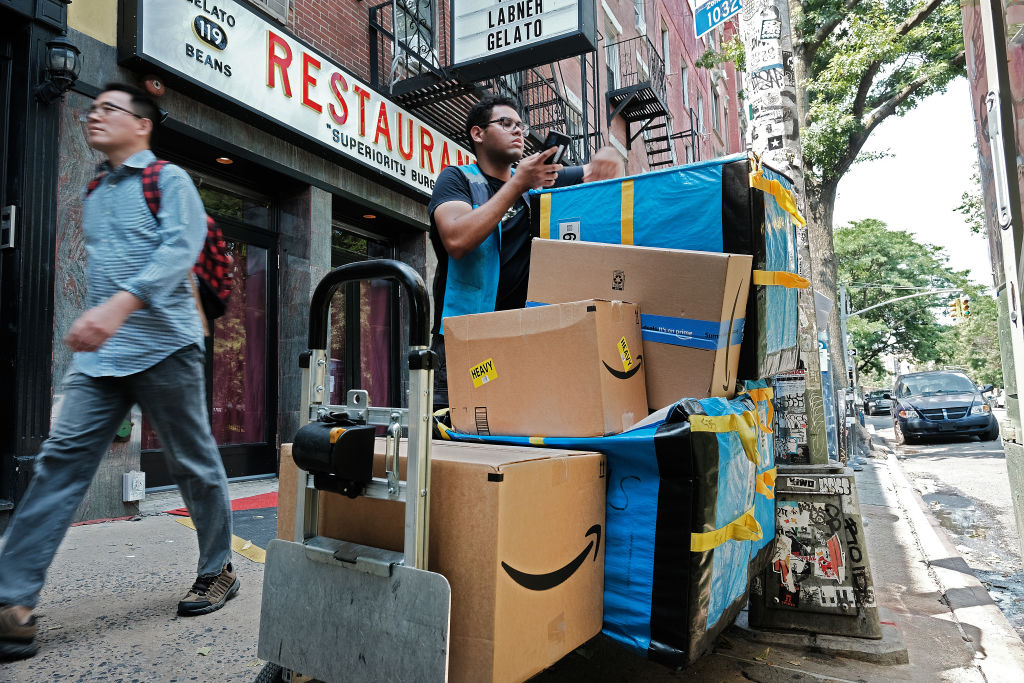
Amazon Prime Day has once again surpassed previous sales records, generating an unprecedented $14.2 billion in U.S. online sales during its 48-hour event, an increase of 11% from the prior year. This data, provided by Adobe Analytics, reveals that consumer electronics and back-to-school products dominated purchases, reflecting a significant shift in consumer spending habits.
In detail, Adobe noted that this year’s boost in sales was driven by an “apparent product refresh cycle” with shoppers eagerly purchasing new models of tablets, TVs, and Bluetooth speakers. This trend marks a departure from last year’s event, where economic concerns due to inflation led consumers to focus on essential items like pantry staples and office supplies.
Adobe Analytics tracks transactions not only on Amazon but across a broad spectrum of U.S. retail websites, indicating that the Prime Day event is a significant revenue opportunity for a variety of retailers. These retailers often schedule their promotional sales to coincide with Amazon’s event to capitalize on the increased consumer traffic.
On the corporate side, Amazon reported that this year’s Prime Day resulted in “record-breaking” revenue figures, although specific totals were not disclosed. The company emphasized the role of its Rufus shopping assistant, an AI tool that was recently made available to all U.S. users following a limited testing phase. According to Amazon, Rufus played a crucial role in aiding millions of shoppers by suggesting products and providing order updates during the Prime Day event.
Further insights from Numerator, which tracks purchasing data across more than 35,500 households, showed:
- The average order value increased to $57.97 from last year’s $54.05.
- There was a notable decrease in the purchase of big-ticket items.
- Fewer shoppers placed multiple orders during the event compared to previous years.
Numerator’s analyst Amanda Schoenbauer suggested that this behavior indicates a shift towards more conscious shopping, with consumers prioritizing savings over splurging.
Additionally, Numerator identified that Amazon-branded items like Fire TV sticks, Premier protein shakes, and Liquid IV packets were particularly popular. Besides electronics, home goods, household essentials, apparel, and shoes were also among the top categories that saw significant sales during the event.
This year’s record-setting Amazon Prime Day not only highlights the scale of online shopping but also reflects evolving consumer preferences and the growing influence of technological aids like AI in the retail space.
Featured Image courtesy of Spencer Platt/Getty Images
Follow us for more updates on Amazon and other tech news.
